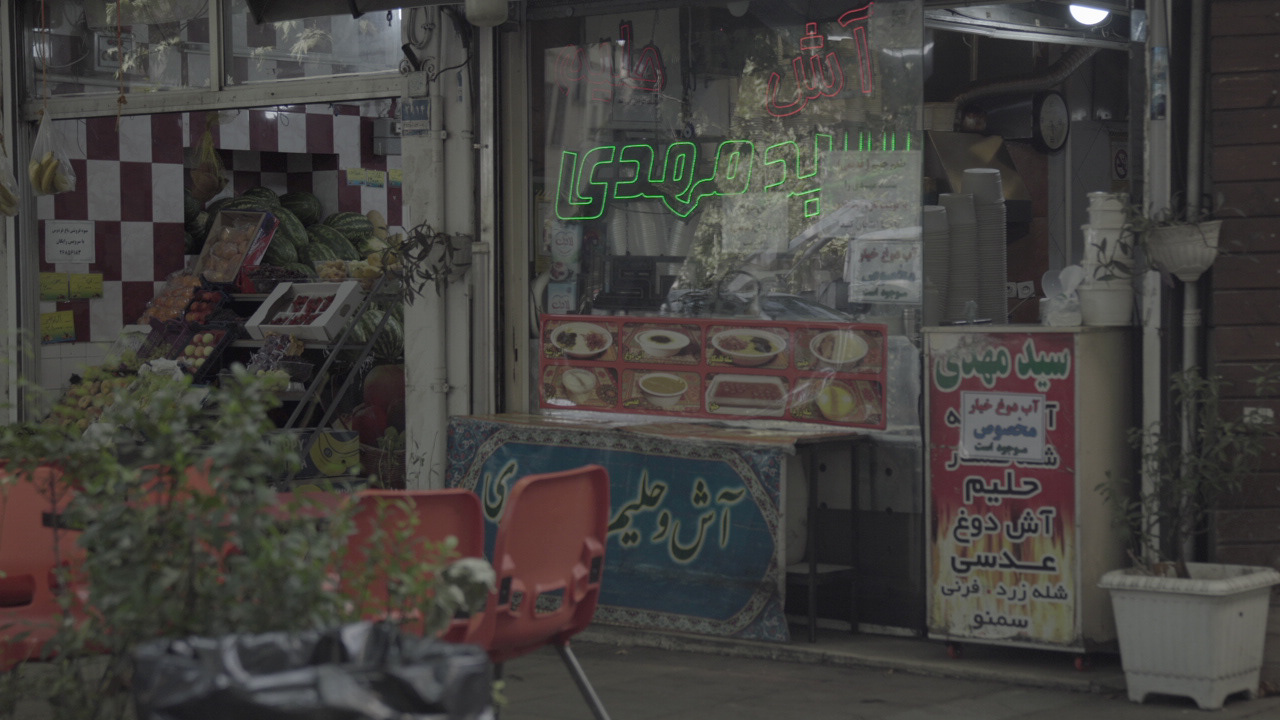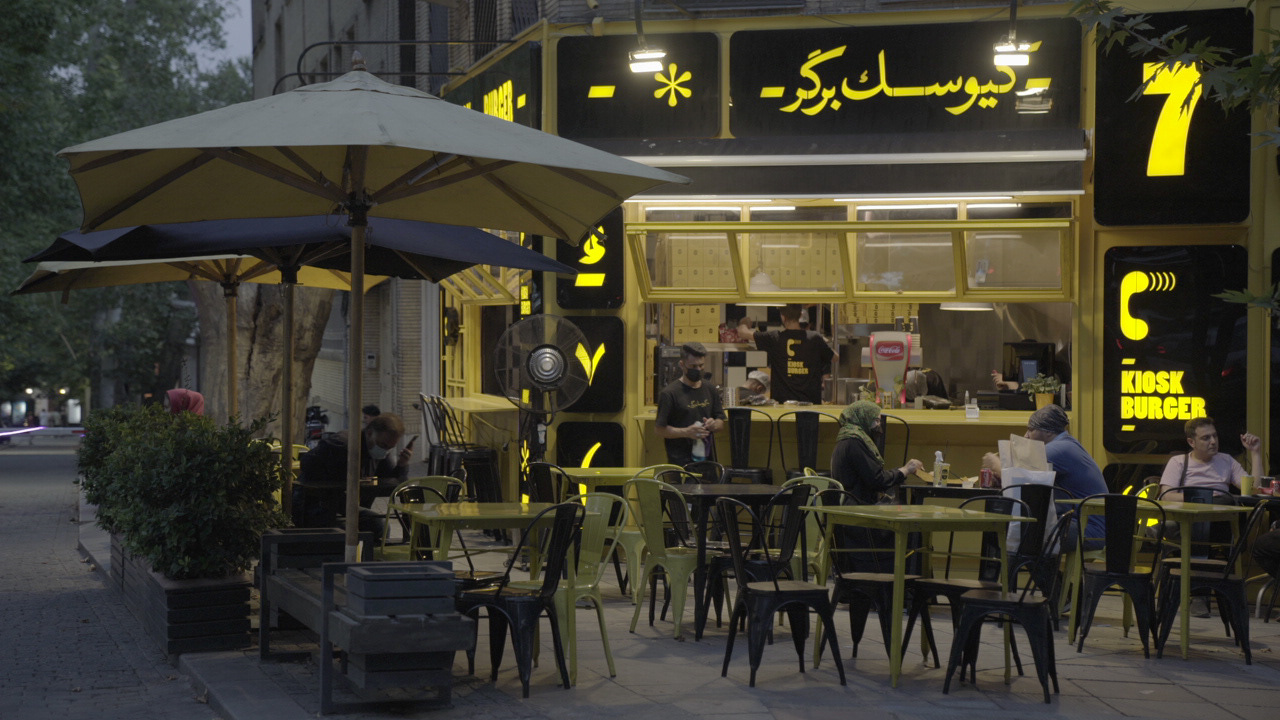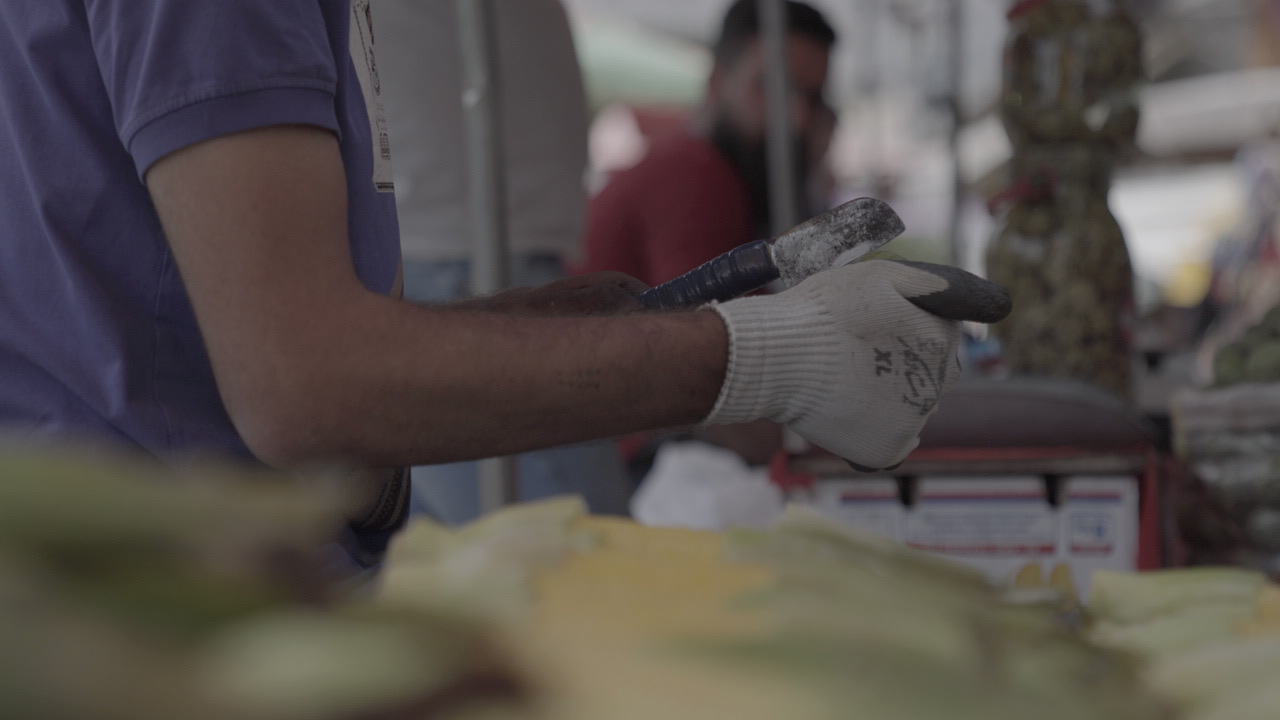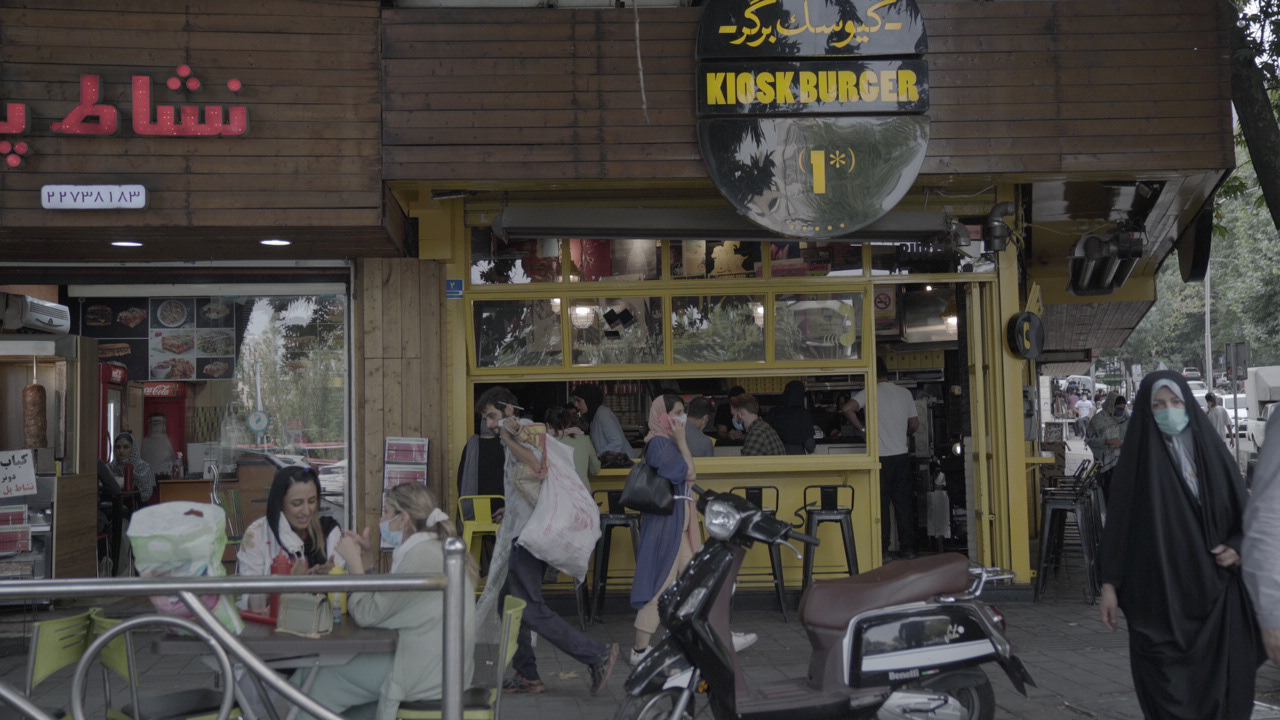Douglas Porteous first introduced Smellscape in parallel with Shafer's soundscape concept. Porteous describes the fragmented and space–time bounded human experience of places through smells, where the power of memory in perceiving smells was emphasized. The concept of smellscape suggests that, like visual impressions, smells may be spatially ordered or place-related.
Unlike sight, where a viewer is able to choose what they view and look away if a sight or landscape offends them, our sense of smell and hearing cannot be switched off. Their vibration penetrates into our body and brain; we are constantly immersed in the smellscape as we breathe in and out, and continuously reverberated by the soundscape’s vibration (until death); it is immediate, and it becomes part of our bodies as an integral aspect of the act of detection.
Luca Turin developed a theory that the smell of substances is based upon the frequencies of vibration of their molecules. molecules can vibrate at a set of frequencies that are very specific for each molecule and the bonds connecting them. And if we smell molecular vibrations, we must have a spectroscope in our nose; Therefore we smell vibrations.
According to Turin’s vibration theory, we can conclude that both auditory and olfactory systems are based on vibration. By this, we might expect that each odor’s frequency which is in the infrared range can be transposed to the human auditory range. This means each odor has its sound and the mixture of them in for example an Arabic food, might make a cluster of sound
I assume there might be a relation between the urban soundscape and the urban smellscape. We see the city, we hear the city, but above all, we smell the city. The scent has unique qualities: ubiquity, persistence, and an unparalleled connection to memory, yet it has gone overlooked in discussions of sensory design. What scents shape the city? How does scent contribute to placemaking? How do we design smell environments in the city?
After the plight of migrants in the twenty-first century in Europe, we can see migrants not only has brought their everyday life sound from their hometown – as a result of their music or their routine activity based on their cultural background – they have also brought their gastronomic delights and culture to their new home town. So, based on their colonies in European cities, we can both smell and listen to different cultures. For example, in an Indian restaurant in Berlin, not only can we smell Indian spices, but we can also listen to some Indian music, language, and even the sounds that they make during cooking.

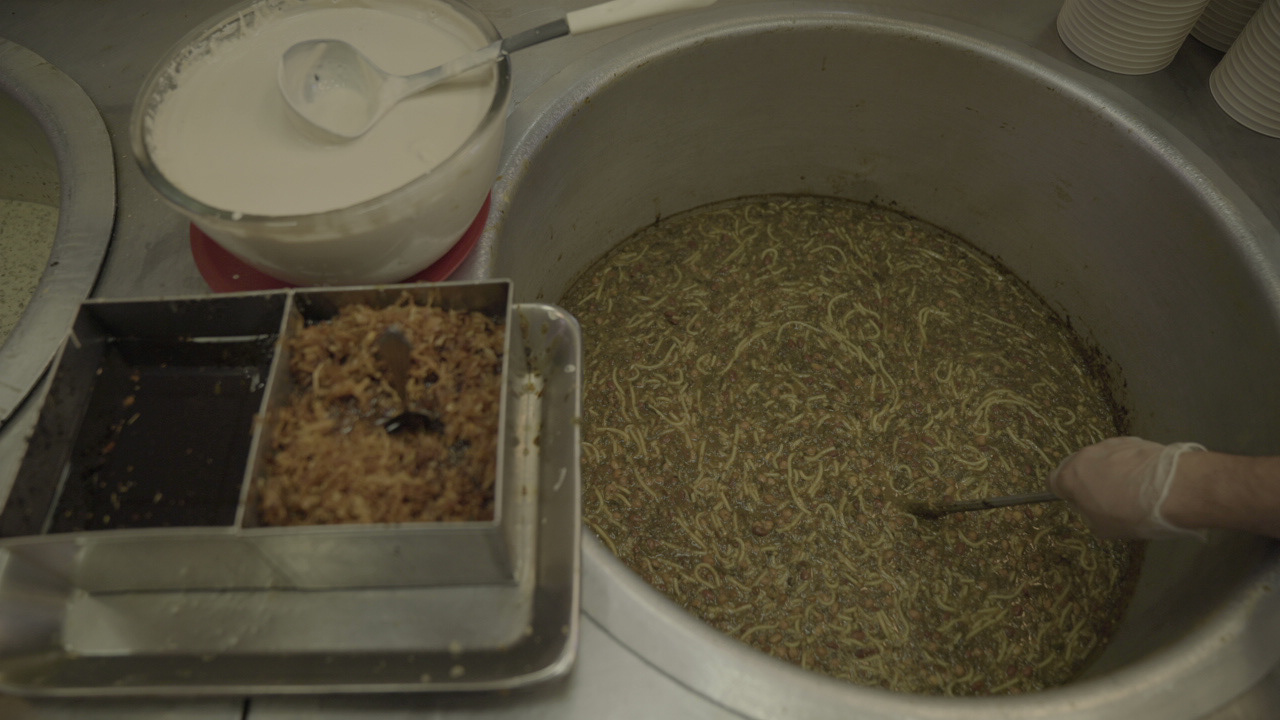
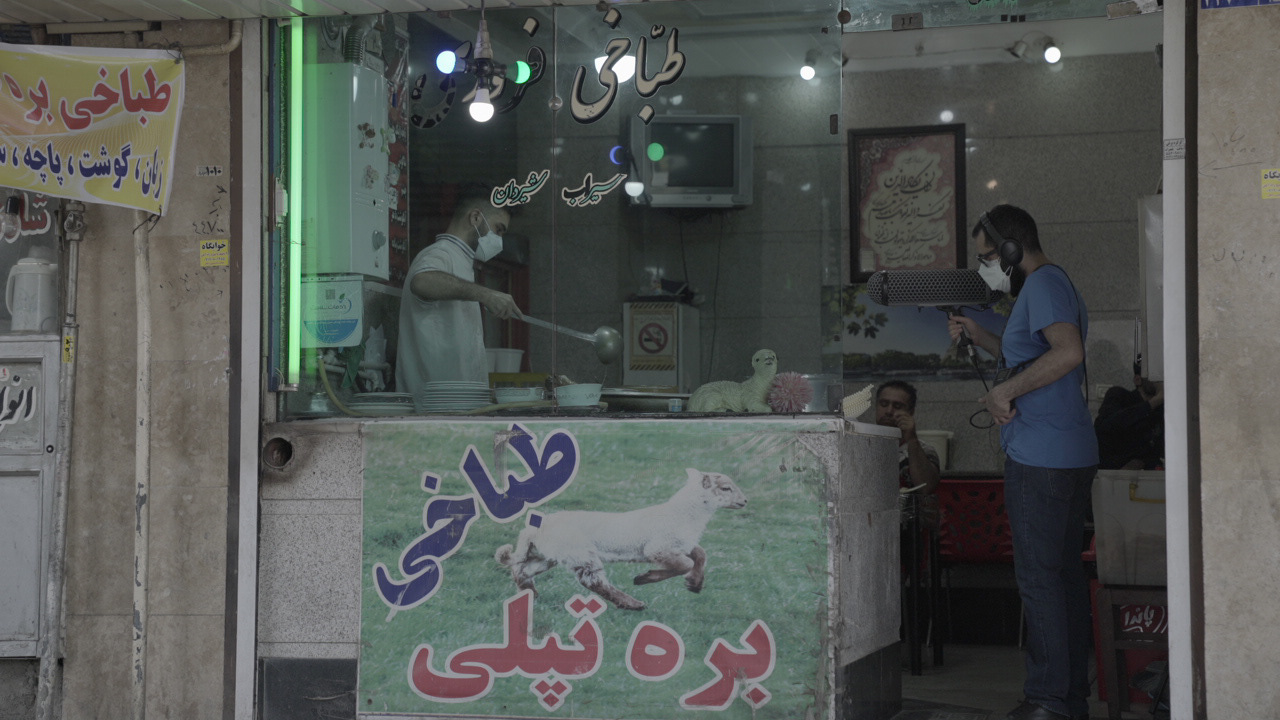
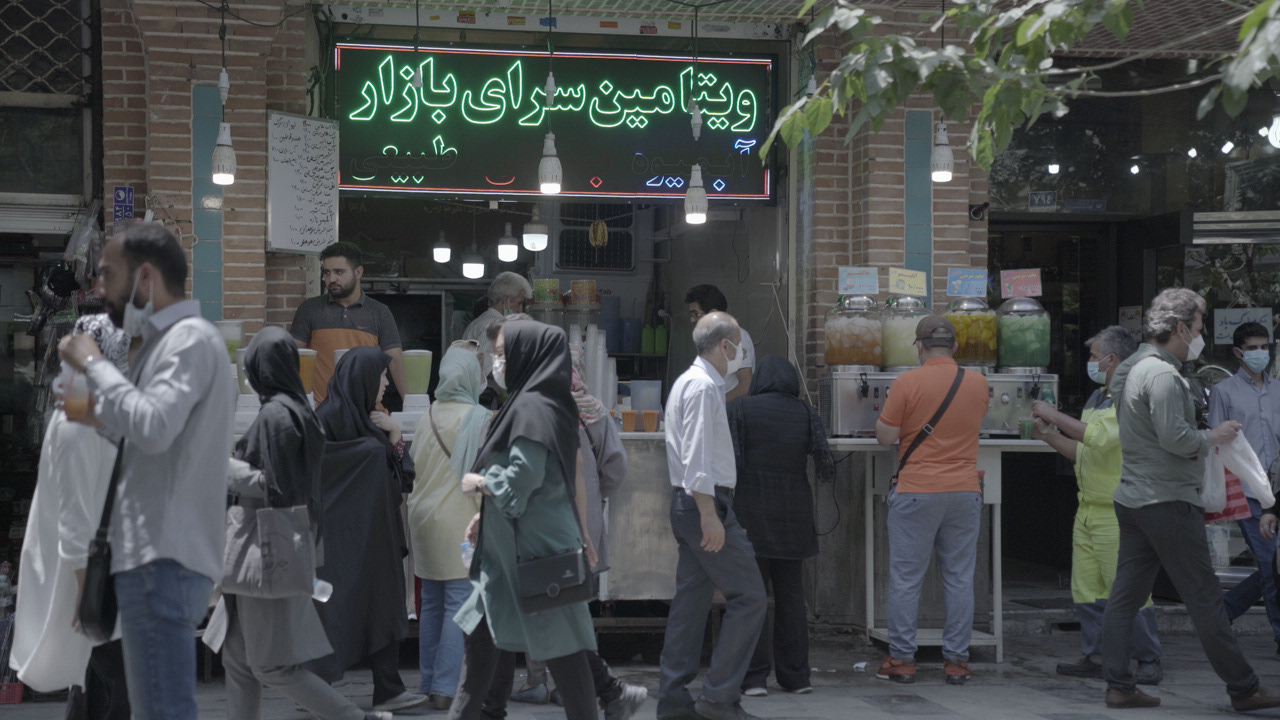
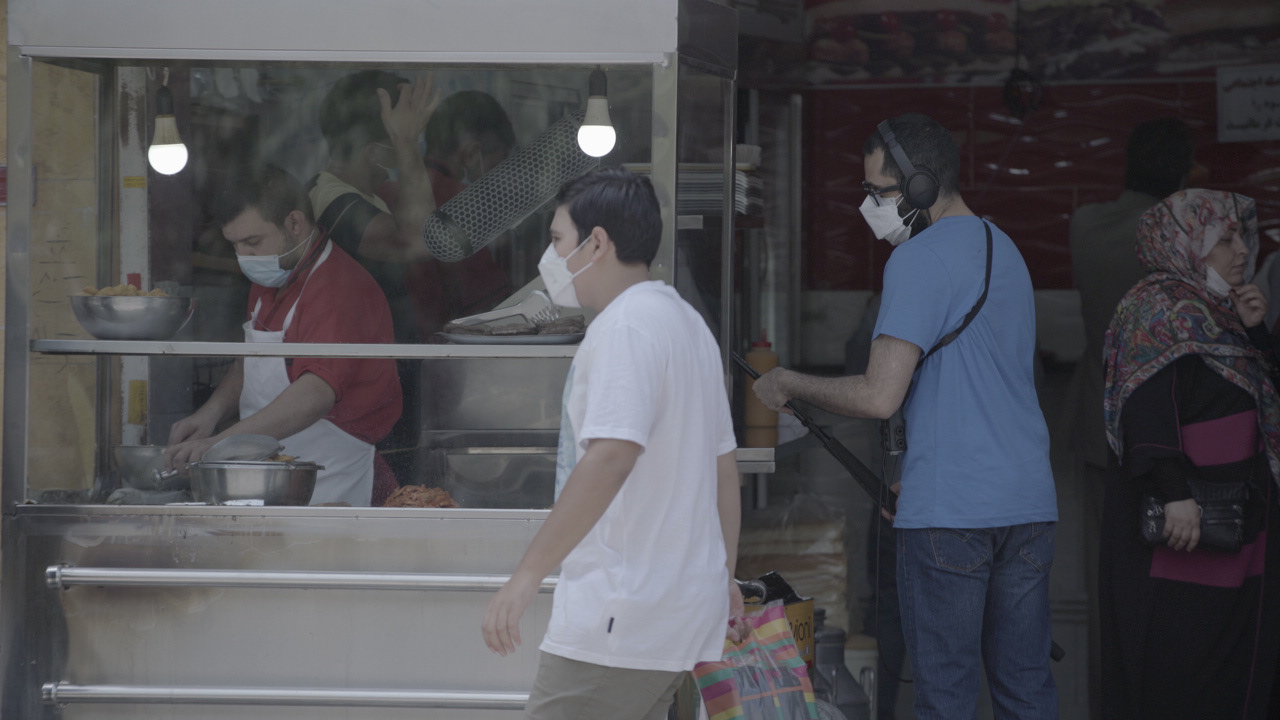
Food plays a tremendously important role in people’s everyday lives, and no matter what part of the world one is in, it is likely to form the main component of city smellscapes. Unlike traffic fumes, which are one of the least liked smells to be found in urban environments, food odors have the potential to both delight and disgust, with the meanings attached to them being changeable and invoking different emotions at different times in other places and different people. We breathe in the aromas that surround us without consciously knowing their importance. Different odors are often ascribed to different social classes and ethnic groups in the West.
Many city centers today combine a heady mix of Italian, Chinese, Thai, Indian, Caribbean, Japanese, and Mexican restaurants since minority groups often gain economic presence through opening restaurants, takeaways, and food stores selling non-indigenous foods. In addition to introducing new gustatory experiences, these businesses frequently bring unfamiliar odors, impacting the sensory experiences of the streets and neighborhoods in which they are located. Besides these new odors, we can listen to their specific sounds in different neighborhoods.
